Production data monitoring and analysis play a vital role in the efficiency and effectiveness of small paper cup machine manufacturing processes. As the demand for eco-friendly packaging continues to rise, businesses must leverage technology to optimize their production lines. This article explores the significance of monitoring production data, the methodologies employed in analyzing this data, and the benefits gained from these practices in enhancing the performance of paper cup machines.
Understanding Production Data Monitoring
Production data monitoring involves the continuous collection and evaluation of information generated during the manufacturing process. For small paper cup machine, this includes metrics such as machine speed, downtime, waste levels, and output quality. By systematically tracking these parameters, manufacturers can identify trends, detect anomalies, and implement corrective actions promptly. Advanced monitoring systems often employ sensors and IoT technologies to provide real-time insights, making it easier for operators to respond to issues as they arise.
Methods of Data Collection
Data collection can be achieved through various methods, including manual logging and automated systems. Manual logging can be labor-intensive and prone to human error. In contrast, automated systems utilize sensors and software to gather data continuously and accurately. Common data points collected include production rates, material usage, maintenance records, and machine performance metrics. The integration of these data points into centralized databases allows for more comprehensive analysis and informed decision-making.
Analyzing Production Data
Once data is collected, the next step involves analysis. Various analytical tools and techniques can be employed to interpret the data effectively. Statistical methods, such as regression analysis and control charts, help in identifying patterns and variances in production performance. Furthermore, data visualization tools can present complex information in an understandable format, enabling stakeholders to grasp insights quickly. Predictive analytics also plays a crucial role by forecasting potential downtimes and suggesting preventive measures based on historical data.
Benefits of Effective Monitoring and Analysis
Implementing robust production data monitoring and analysis offers numerous benefits to small paper cup machine manufacturers. First and foremost, it enhances operational efficiency by reducing machine downtime and waste. By understanding production bottlenecks, companies can make informed adjustments to their processes, ensuring smoother operations. Additionally, improved data insights lead to better quality control, allowing manufacturers to maintain high standards while minimizing defects. Ultimately, these improvements contribute to cost savings and increased profitability.
Real-time Feedback and Continuous Improvement
One of the most significant advantages of production data monitoring is the capability for real-time feedback. Operators can receive immediate alerts about machine performance issues, enabling quicker responses to maintain production flow. This aspect promotes a culture of continuous improvement, where teams are encouraged to analyze their processes consistently and seek enhancements based on data-driven insights. Such a proactive approach fosters innovation and adaptability in the face of evolving market demands.
Challenges in Data Monitoring and Analysis
Despite its benefits, production data monitoring and analysis present several challenges. The integration of new technologies may require substantial investment and training for staff. Moreover, data overload can occur if the volume of collected information becomes unmanageable, leading to analysis paralysis where critical insights are overlooked. It is essential for organizations to strike a balance between comprehensive data collection and actionable analysis to avoid these pitfalls.
Case Studies: Success Stories in the Industry
Many small paper cup machine have successfully implemented data monitoring and analysis to enhance their operations. For example, a leading company adopted an advanced IoT-based system that allowed them to monitor machine performance remotely. By analyzing the data, they reduced machine downtime by 20% and improved overall productivity. Another company utilized predictive analytics to forecast maintenance needs, resulting in a 15% reduction in unexpected breakdowns. These case studies highlight the transformative impact of effective data management in the paper cup manufacturing sector.
Future Trends in Production Data Monitoring
The future of production data monitoring in the small paper cup machine industry looks promising with advancements in artificial intelligence and machine learning. These technologies enable more sophisticated analysis, providing deeper insights into production processes. Additionally, the rise of smart manufacturing incorporates interconnected devices and real-time data exchange, further enhancing efficiency. As sustainability becomes increasingly important, data-driven approaches will also help manufacturers optimize resource use and reduce environmental impact.
Conclusion
In conclusion, production data monitoring and analysis are indispensable components of modern small paper cup machine. Through effective data collection, analysis, and real-time feedback, manufacturers can significantly enhance their operational efficiency, improve product quality, and foster a culture of continuous improvement. While challenges exist, the successful implementation of monitoring systems can lead to substantial long-term benefits. As technology evolves, embracing these practices will be crucial for manufacturers aiming to stay competitive in an ever-changing market.




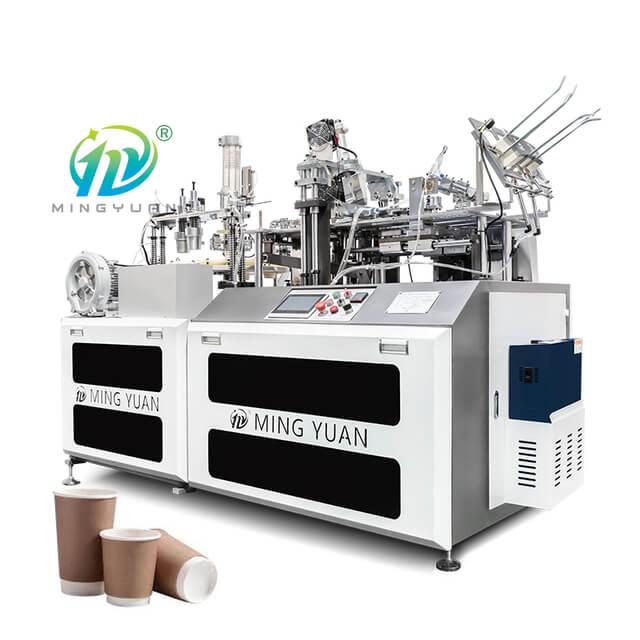

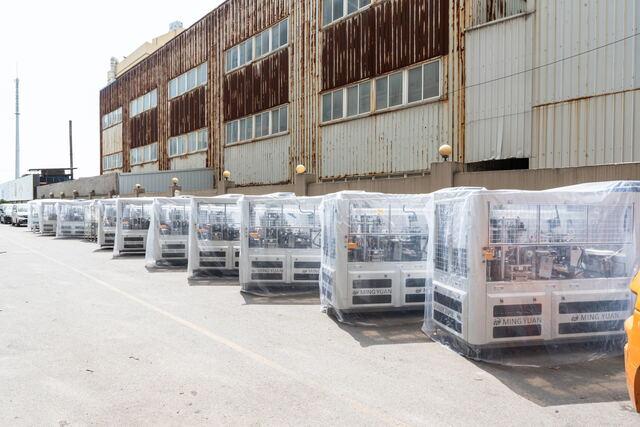

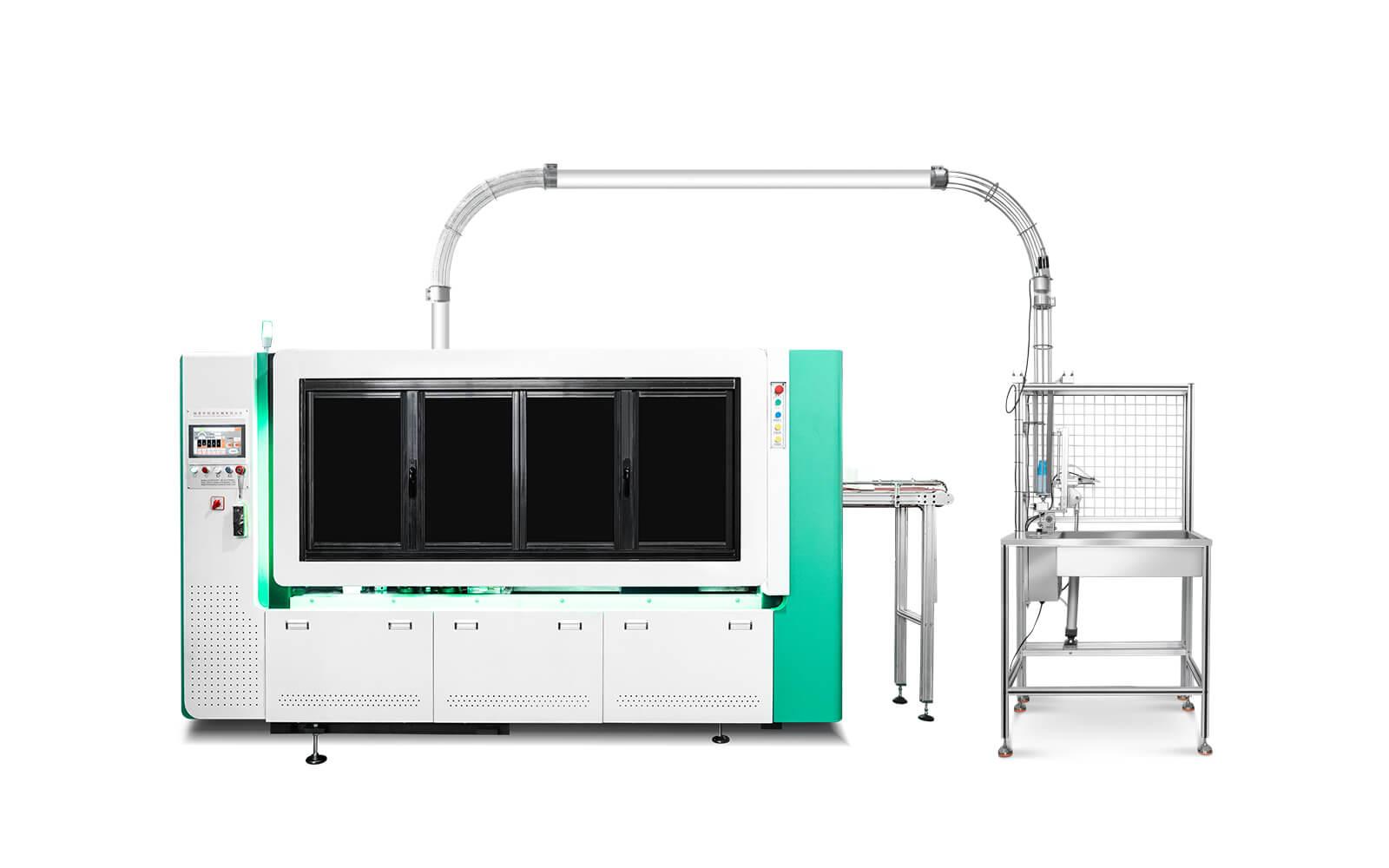

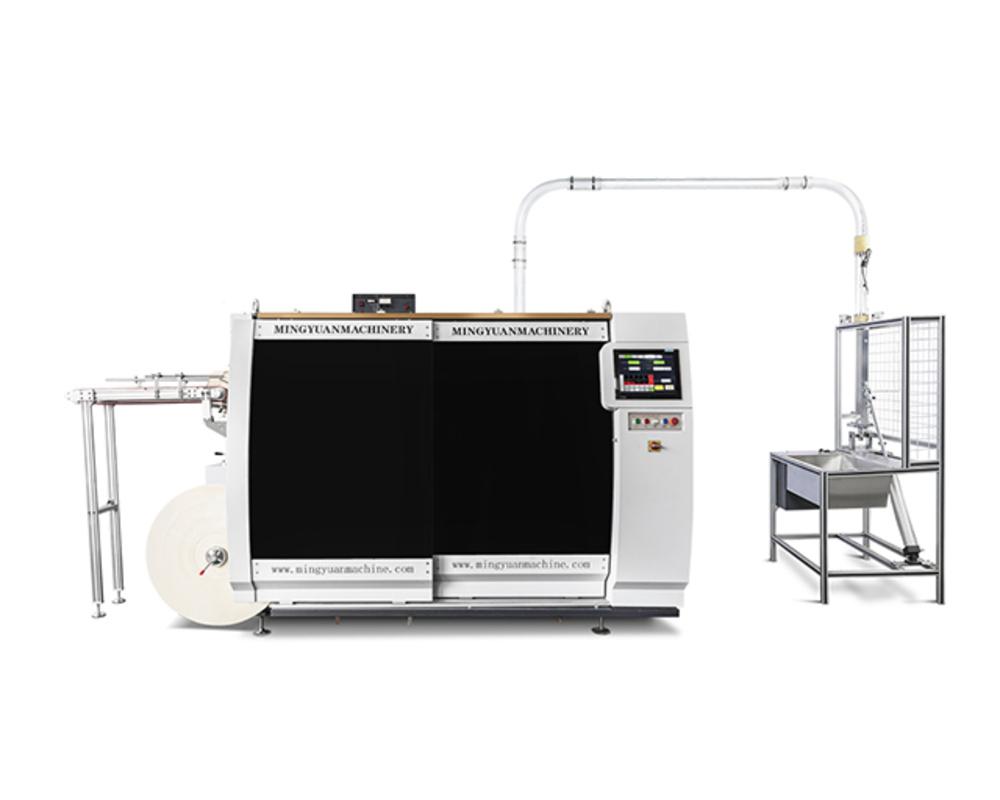
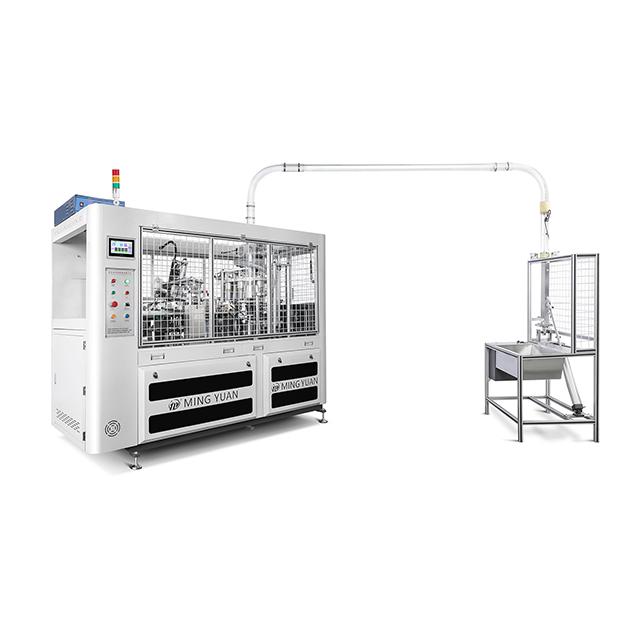

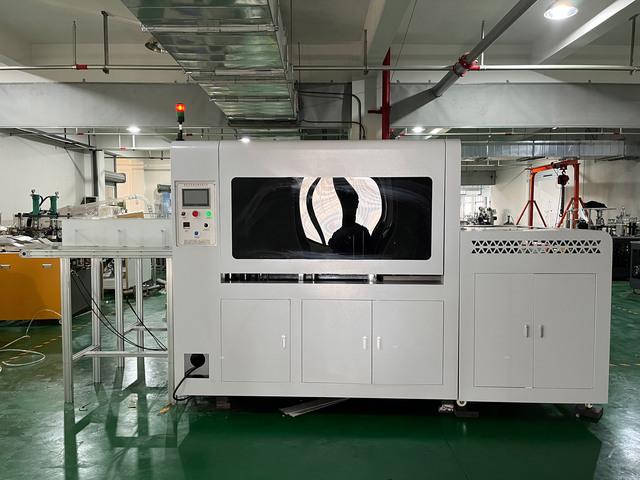


 Tel: +86-19057361870 / +86 577 65567060
Tel: +86-19057361870 / +86 577 65567060  Email: george@paper-cupmakingmachine.com
Email: george@paper-cupmakingmachine.com MP/WhatsApp: +86-19057361870
MP/WhatsApp: +86-19057361870 Manufacturer Address:No.1588, Huaming Road, Feiyun Street,Ruian City Zhejiang Province -325200 China
Manufacturer Address:No.1588, Huaming Road, Feiyun Street,Ruian City Zhejiang Province -325200 China




